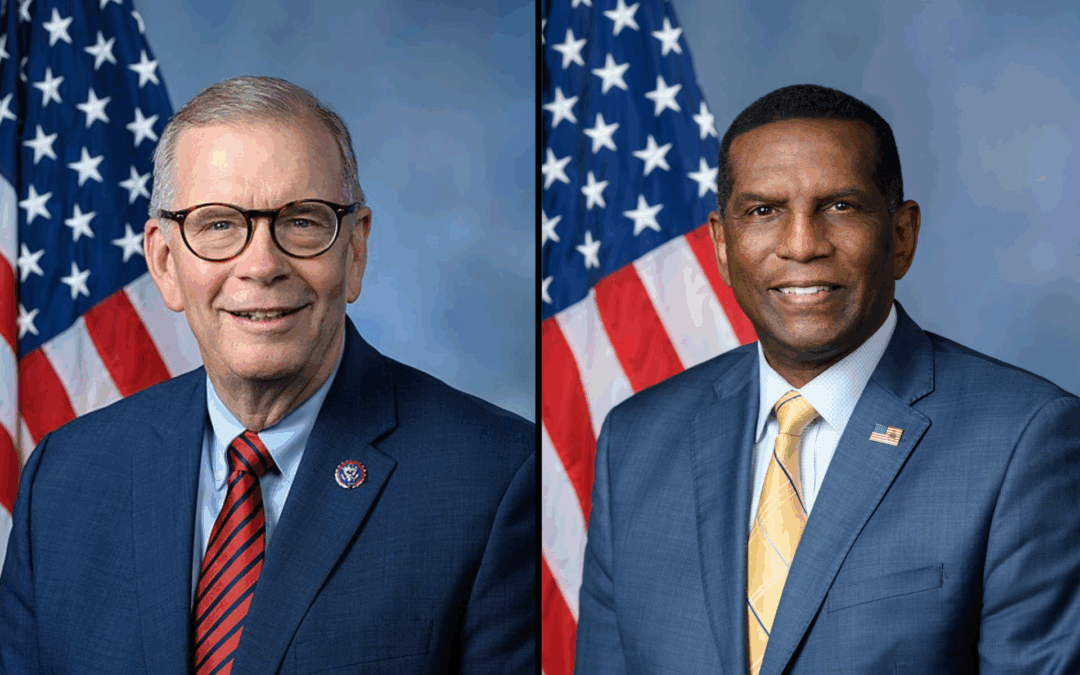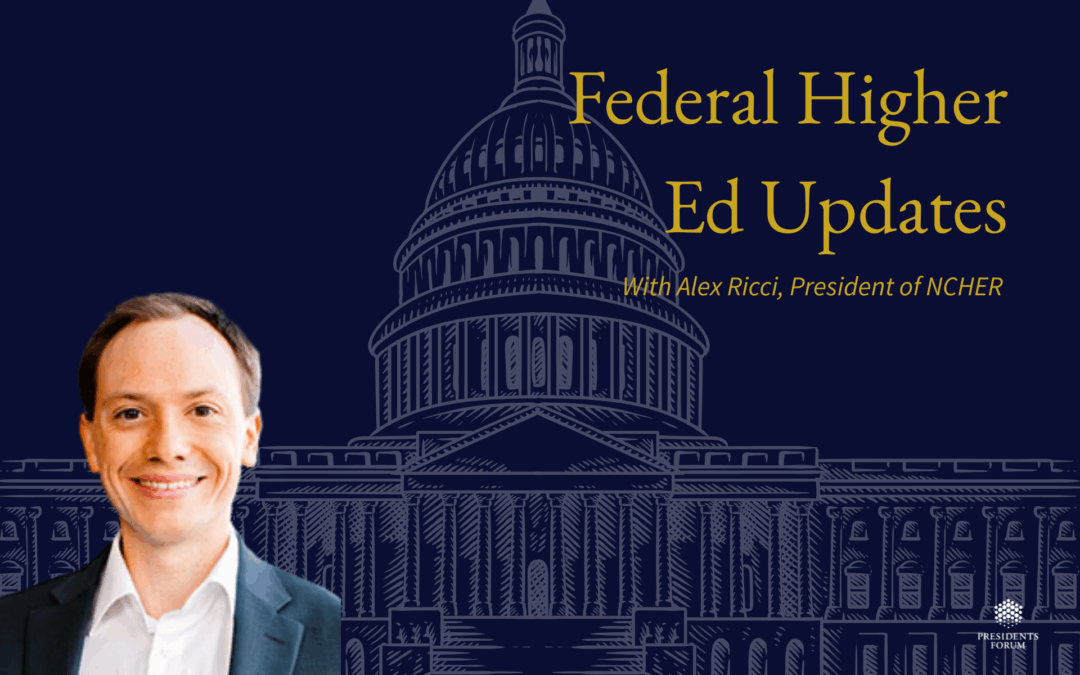
Workforce Pell Panel
Workforce Pell Panel
The big picture:
Rosemary Lahasky, Vice President of U.S. Government Relations at Pearson, and Mary Jane (MJ) Michalak, Vice President of Government Relations at Ivy Tech Community College, discussed the new Workforce Pell expansion—an historic change allowing Pell Grants to fund short-term, workforce-driven programs beginning next year.
Why it matters:
This expansion modernizes federal financial aid to match the pace of the labor market. By funding 8–15 week credentials in high-demand fields, Workforce Pell can open doors to opportunity for working learners, accelerate completion, and help close critical talent gaps.
Key points:
- Expanded access: Pell funding will now include short-term programs that lead to industry-recognized credentials in areas like healthcare, IT, and advanced manufacturing.
- Affordability and speed: Students who once paid out of pocket or took loans can now complete faster and with less debt.
- Employer alignment: Employers are shifting to skills-based hiring; Workforce Pell connects learning more directly to those needs.
- Implementation challenge: Colleges and policymakers must get the rulemaking details right for a smooth rollout by July 1, 2026.
- Bipartisan success: Decades in the making, the policy won broad support across party lines—proof that workforce policy can still unite Congress.
The bottom line:
Leaders expect Workforce Pell to reshape how the U.S. connects education, skills, and opportunity—if implementation maintains speed, quality, and accountability.






Recent Comments